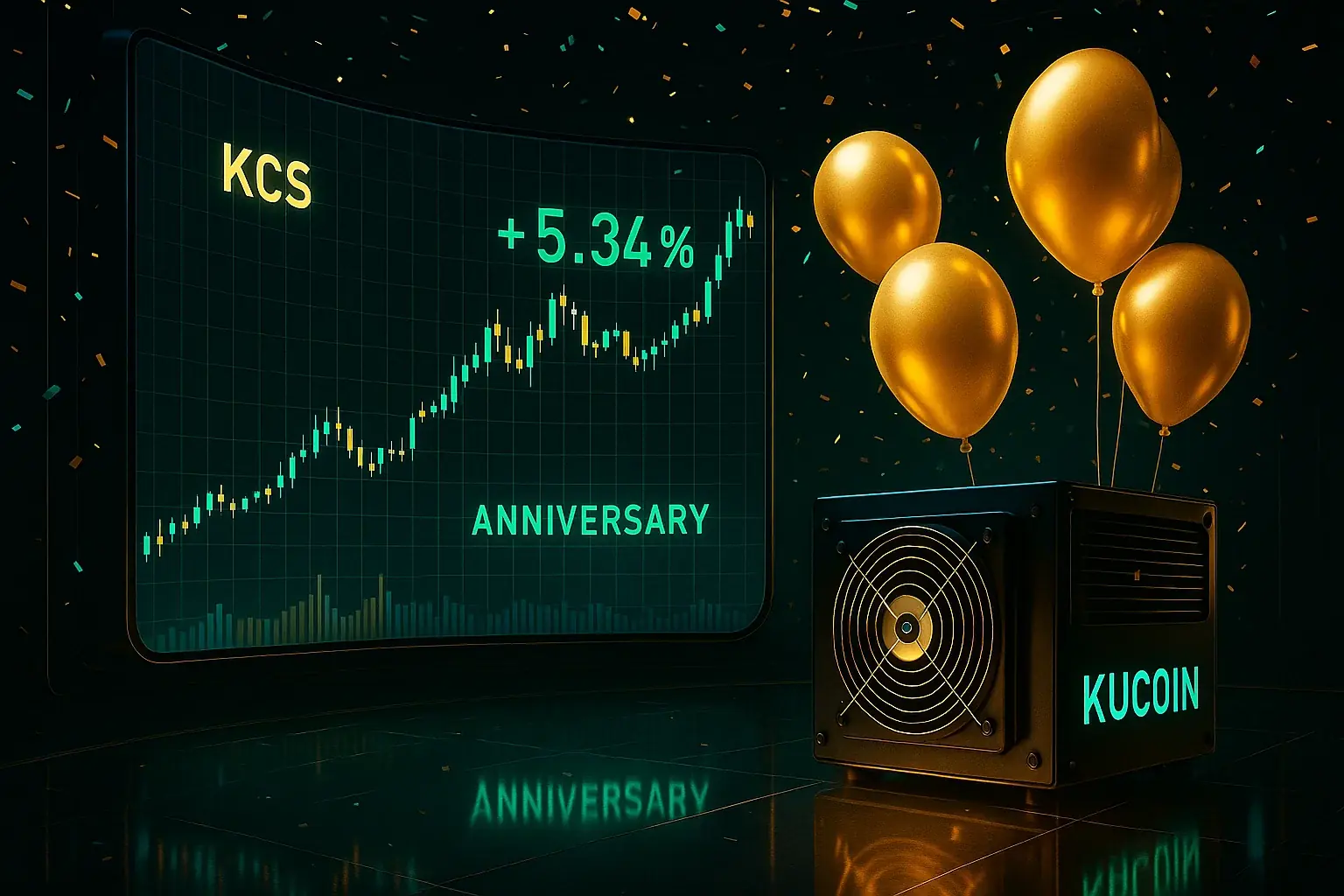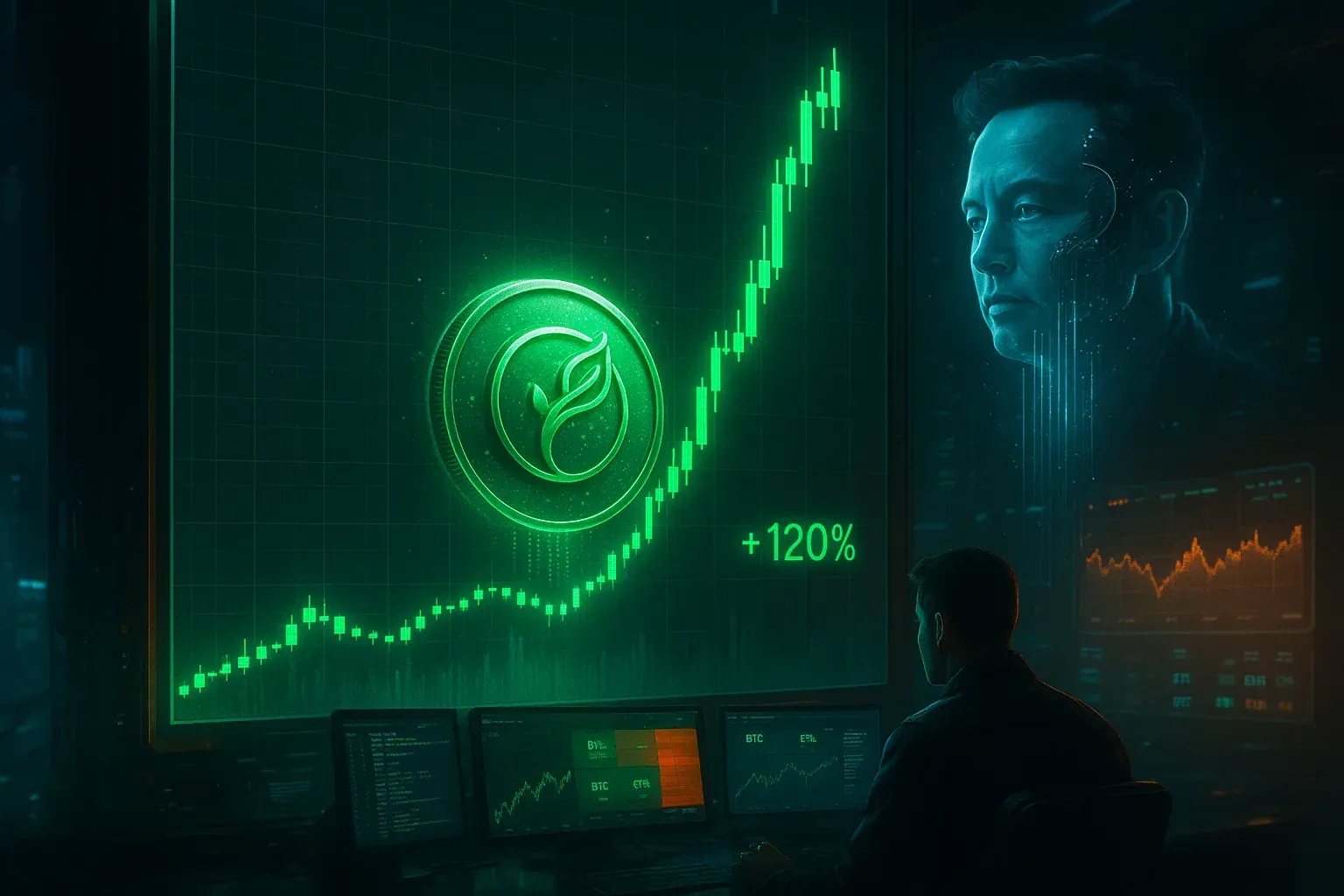Tether (USDT), the world's most widely used stablecoin, recently celebrated its 10th anniversary. Established in 2014, Tether has become a mainstay of the cryptocurrency market, thanks to its promise to be pegged to the value of the US dollar and provide a stable solution in a market known for its volatility. This milestone marks an important opportunity to reflect on the successes it has achieved, the changes it has brought to the financial sector and the future challenges it will face, especially in terms of regulation.
What is Tether (USDT)?
Tether is a stablecoin, i.e. a cryptocurrency pegged to a reserve asset such as the dollar, with the goal of maintaining a stable value. Each Tether is backed by equivalent reserves, which can include a combination of fiat currencies and other liquid assets. This pegging to the dollar (with a 1:1 ratio) has allowed investors to avoid the volatility typical of cryptocurrencies such as Bitcoin and Ethereum, creating a kind of 'safe haven' within the crypto ecosystem.
Since its debut, Tether has become a key infrastructure for cryptocurrency trading, facilitating fast and convenient transactions across various platforms and reducing the risks of price fluctuations. USDT's massive adoption is evident in the usage data: in 2024, Tether's market capitalisation exceeded $70 billion, making it the most capitalised stablecoin and one of the leading cryptocurrencies ever.
Tether's explosive growth
Over the past ten years, Tether has experienced impressive growth, transforming from an experimental coin to a key pillar for the cryptocurrency industry. Part of its success is due to its versatility: Tether is not only limited to Bitcoin's blockchain, but has been launched on numerous other networks, including Ethereum, Tron and Solana. This has allowed Tether to expand its presence across different blockchain ecosystems, providing greater liquidity and accessibility.
Another key factor in Tether's growth is its central role in cryptocurrency trading. Many cryptocurrency exchanges use USDT as their reference currency, allowing users to easily switch from one cryptocurrency to another without facing currency risks related to price fluctuations. According to CoinGecko's data, Tether's daily trading volume often exceeds that of major cryptocurrencies such as Bitcoin, demonstrating how fundamental it has become to the market.
Collaborations and institutional recognitions
Over the years, Tether has forged strategic collaborations that have strengthened its position in the market. One of the most significant was with Bitfinex, a leading cryptocurrency trading platform. This has allowed for greater integration and ease of use of stablecoin within the major cryptocurrency exchanges, increasing transaction volume.
In addition, Tether has gained increasing legitimacy in the eyes of financial institutions and regulators. In the US, the company behind USDT has worked closely with authorities to ensure the transparency of its reserves, addressing concerns raised about the true backing of each token in circulation.
Regulatory challenges in Europe and the US
Despite its successes, Tether now faces significant challenges, particularly related to regulation. In the US, the stablecoin has faced several investigations regarding the transparency of USDT-backed reserves. Although the company has repeatedly confirmed that each Tether is fully backed by adequate reserves, some critics believe there are gaps in the auditing processes.
In Europe, Tether is under the crosshairs of new regulations emerging in response to the mass adoption of cryptocurrencies. The European Union's MiCA (Markets in Crypto-Assets) regulation includes stricter requirements for stablecoins, requiring transparent disclosure of reserves and capital flows. This could have a significant impact on Tether's ability to operate freely in European markets.
Innovation and Tether's future
Despite regulatory challenges, Tether continues to innovate. Recently, the company announced the launch of new financial products, including tokens pegged to currencies other than the dollar, such as the euro (EURT) and the Chinese yuan (CNHT). These initiatives aim to further expand Tether's ecosystem, making it more globally accessible and strengthening its presence in emerging markets.
In addition, Tether is exploring the area of decentralised finance (DeFi), integrating USDT into popular DeFi protocols such as Aave and Compound. This move towards DeFi represents a strategic move to keep Tether relevant in an environment where decentralised finance is rapidly gaining ground.
Conclusions
Tether's 10th anniversary marks a crucial moment to reflect on its influence in the cryptocurrency world. Since its inception in 2014, Tether has transformed the way people trade and use cryptocurrencies, becoming an essential component of the market.
However, Tether's future will depend on its ability to address regulatory challenges and maintain investor confidence. As authorities' attention grows and cryptocurrency regulations evolve, Tether will need to continue to innovate and ensure greater transparency to maintain its leading position in the stablecoin market.








